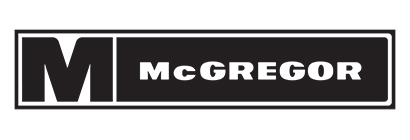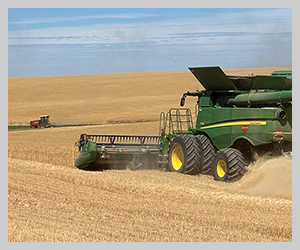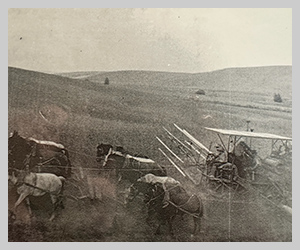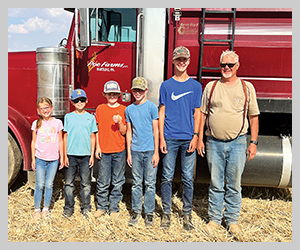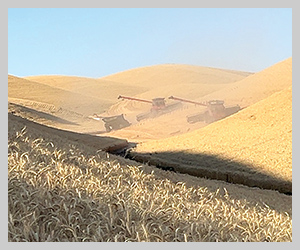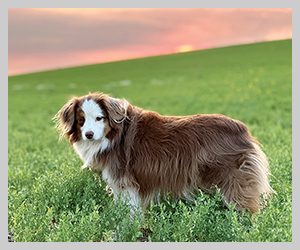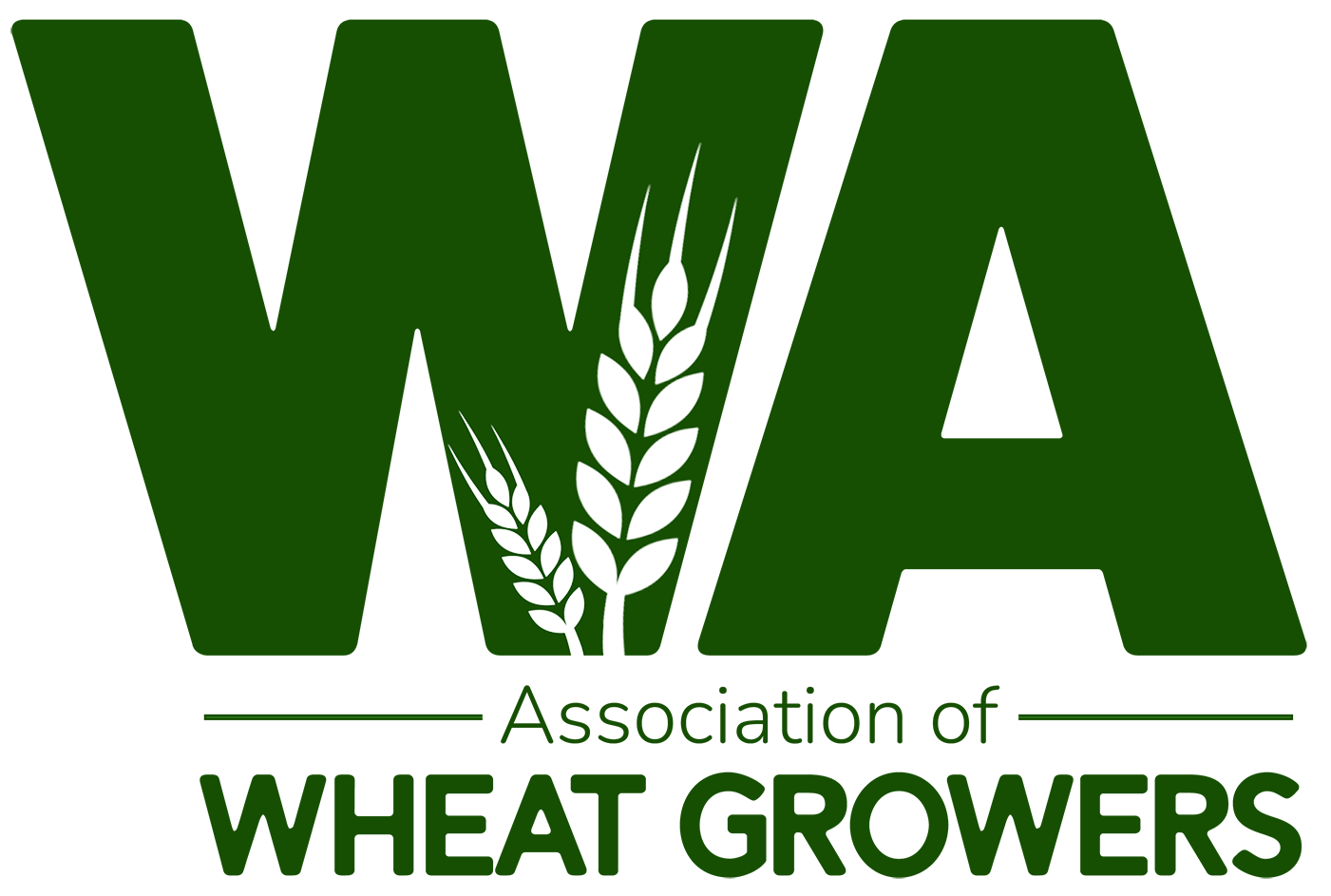Glyphosate in the crosshairs
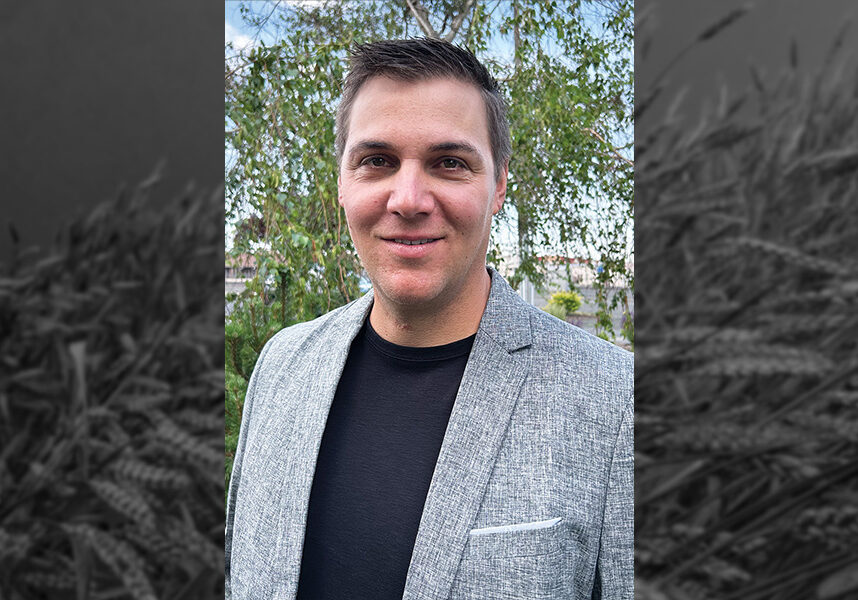
Our farm started using Roundup (glyphosate) close to 40 years ago. Maybe even 50. What began as a simple weed control solution has become one of the foundational tools in modern agriculture. But today, it’s under fire like never before. As regulatory and public scrutiny intensifies, it’s time we speak plainly about how glyphosate fits into real-world farming, and what’s at stake if we lose access to it.
We use glyphosate every spring. As we’ve transitioned more toward no-till and direct seeding, glyphosate use has become even more critical. We apply it on our chemfallow acres, helping manage weed pressure in a sustainable, efficient way. I want to be clear. We never use it on our standing wheat crop. We don’t desiccate our crop with glyphosate like you see in some other countries. We’re fortunate to have a naturally occurring harvest window; our crop finishes on its own.
When we do spray, it’s at a low rate, typically a pint per acre. That’s not much. It’s targeted, efficient, and part of an integrated approach that works with our environment, not against it. And with the rise of precision tools like WEED-IT and other site-specific applicators, the technology is only getting better. These tools allow us to reduce our chemical use even further. That’s good for the bottom line, and it’s good stewardship.
The push to eliminate glyphosate ignores all of that. It ignores the farmers who rely on it to maintain soil health through conservation practices. It ignores the data showing how glyphosate has enabled fewer passes with heavy equipment, reducing emissions and soil erosion. And it ignores the alternatives we’d be forced to use — chemicals like Paraquat and Gramoxone, which are far more toxic and much more hazardous to apply.
This conversation isn’t just about one product. It’s about what kind of agriculture we want to support in this country. Glyphosate has become a scapegoat in a broader campaign against modern production practices. Activists have cherry-picked data, amplified worst-case scenarios, and ignored the generations of farmers who’ve safely and responsibly used this tool. Are there risks? Of course. That’s why we have labels and training and safety standards. But let’s not confuse precaution with prohibition. The conversation around glyphosate reflects a deeper divide between people who understand food production and those who only consume it. Many in our country have the luxury of being disconnected from the land. They don’t know what it takes to grow a healthy, affordable, and sustainable crop. They’ve never seen the weeds explode after a wet spring. They’ve never had to budget for diesel and fertilizer and labor in a volatile market. And they’ve never watched as tools they depend on are stripped away based on misinformation.
I believe this issue represents one of the greatest internal challenges American agriculture faces today: the growing gap between producers and the policies that govern them. As farmers, we’re committed to doing things right, to following the science, using the best available technology, and improving year after year. But that only works if we’re allowed to use the tools we need. We need to show policymakers, consumers, and even our neighbors that glyphosate is not the enemy. It’s a tool, just like a no-till drill or a crop rotation plan. When used properly, it helps us protect the soil, conserve resources, and grow the food this country relies on.
Glyphosate may be in the crosshairs, but so is the future of practical, sustainable agriculture. Let’s not lose sight of what really matters.


